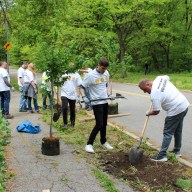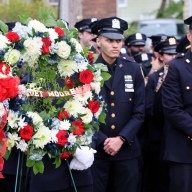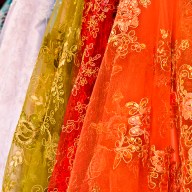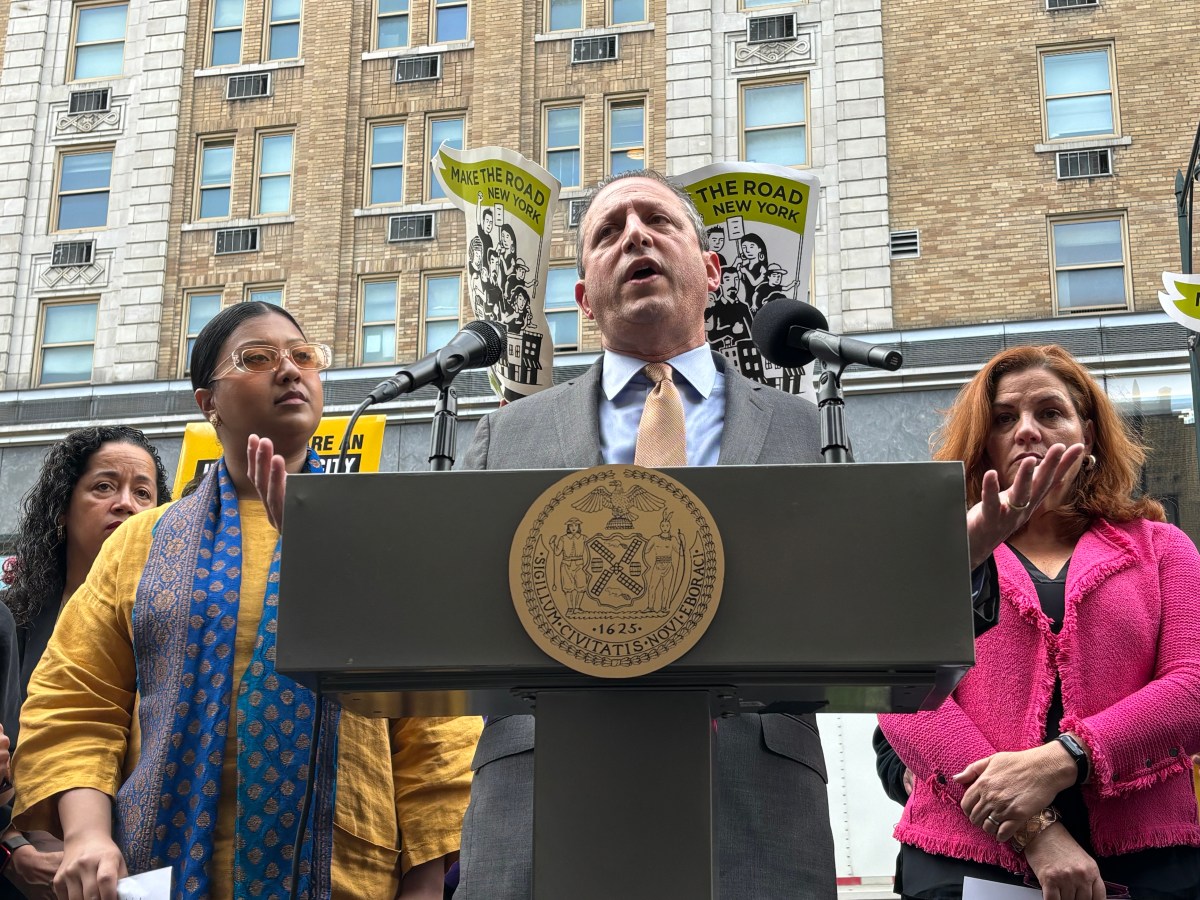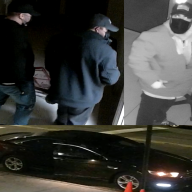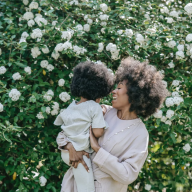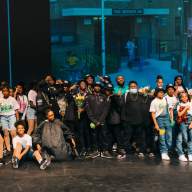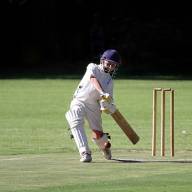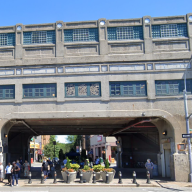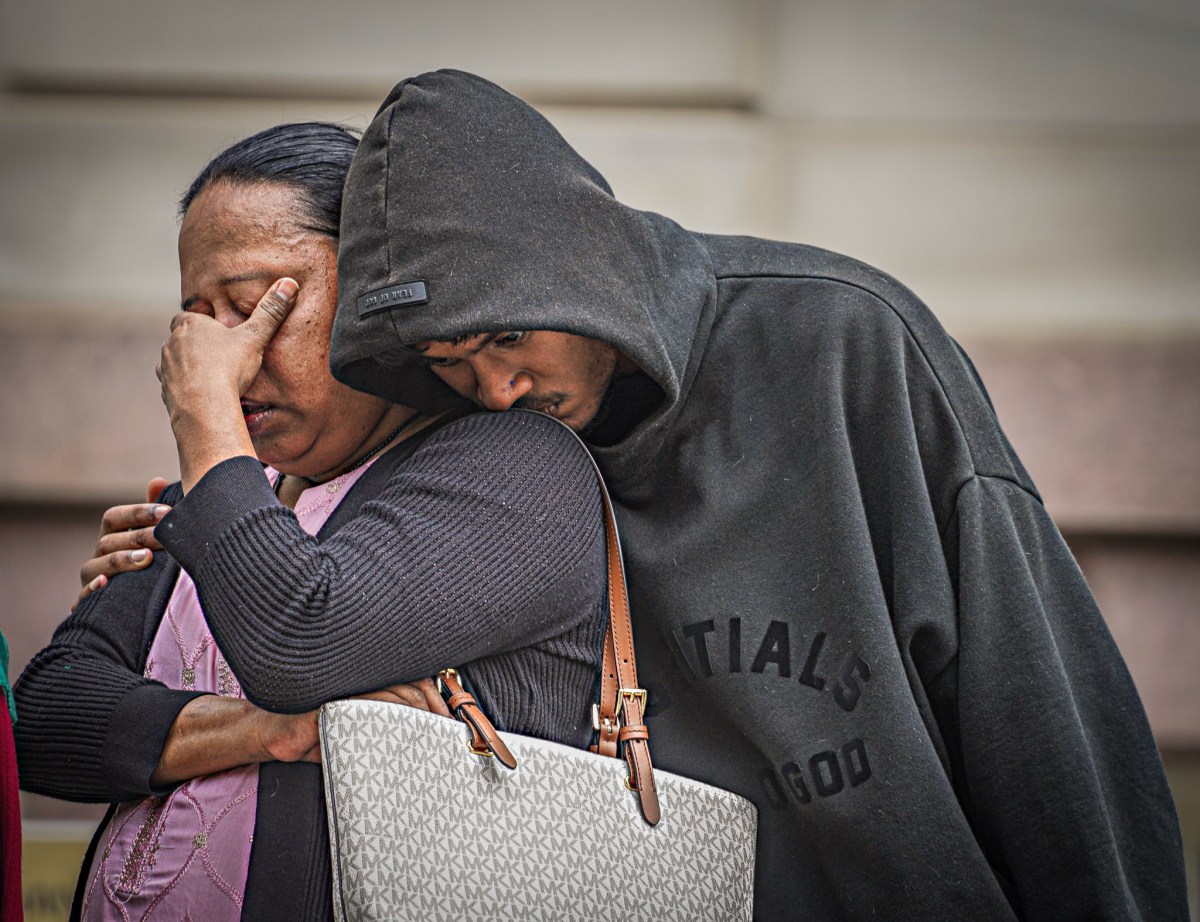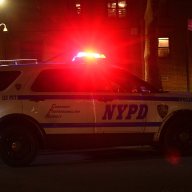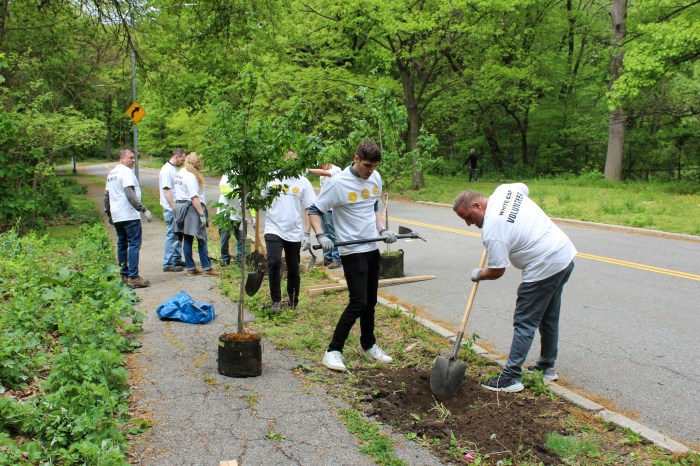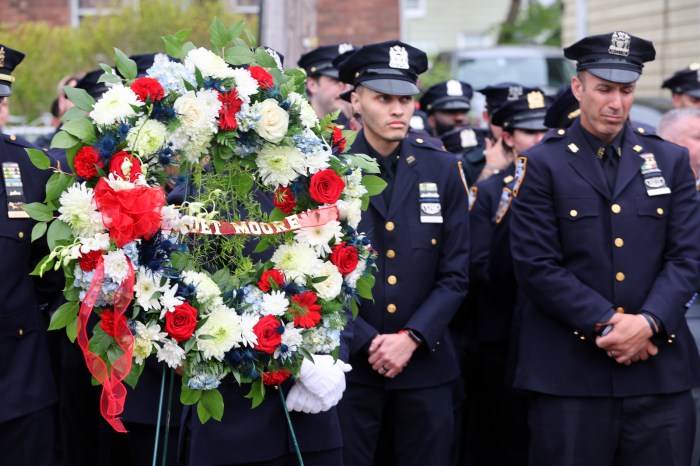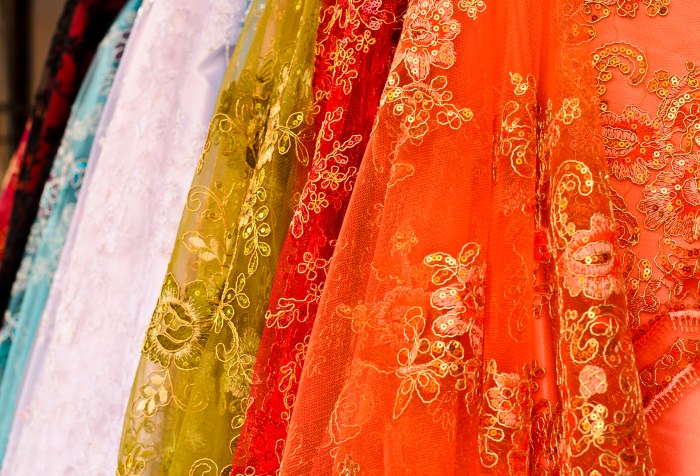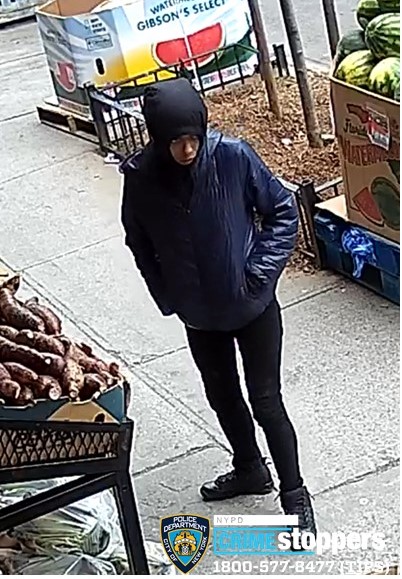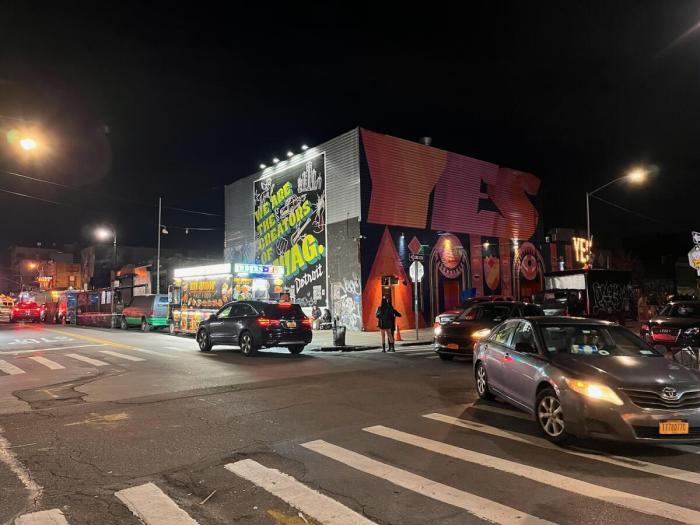By Daniel Massey
In the face of some reprisals, Queens’ immigrant groups responded to the Sept. 11 terrorist attacks with a steadfast proclamation that they belonged in the country as much as anyone else.
Immigrants were at the forefront of efforts to honor those who died. Vigils and prayer services were organized by an array of ethnic communities, including Bangladeshis in Jamaica; Sikhs, Guyanese and Trinidadians in Richmond Hill; Afghans, Koreans, Chinese and Pakistanis in Flushing; Colombians in Jackson Heights; and Muslims from around the world at mosques across the borough.
At the Jamaica vigil, dozens of Bangladeshis waved American flags and sang “We Shall Overcome” in both English and Bangla.
But at the same time they were swept by an upsurge in patriotism, some immigrant groups had to worry about the backlash from the terrorist attacks. Many Queens residents were the target of hate crimes for being, or just appearing to be, Muslim.
“9/11 exposed how little Americans really know about other religions,” said Harpreet Singh Toor, chairman of the Sikh Cultural Society in Richmond Hill.
In Richmond Hill and Ozone Park, Sikhs were singled out. Attar Singh, 66, was brutally assaulted by youths wielding baseball bats. Pardeep Singh, 24, was hit over the head with a chair and knocked unconscious in a Liberty Avenue Dunkin’ Donuts shop. And Karnail Singh, 59, was stabbed multiple times by youths who asked if he was “Arab” and screamed at him to go back to his country.
In response to the wave of attacks, Sikhs launched a massive information campaign, handing out hundreds of thousands of leaflets, taking out full-page advertisements in newspapers and throwing a parade through Richmond Hill to explain to the public who they are and what they believe in.
“What bothered me was we had to prove our patriotism,” said Toor. “Everybody else’s patriotism was taken for granted , but in our case we were guilty until proven otherwise.”
Toor said some good did come out of what was a trying period for the borough’s Sikhs.
“It gave us the chance to get out, interact with other communities and work with them to let them know who we are, what our values are,” he said. “There is definitely more awareness about the Sikhs and Sikhism within the city.”
Borough Muslims, many of whom are immigrants, were also victimized. The Imam Al-Khoei Islamic Center in Jamaica, home to worshipers from Pakistan to Sudan, received threatening phone calls and its female members were afraid to wear their head coverings, known as hijabs, in public.
“We have felt an intense anti-Islamic sentiment,” said Muhsin Aladina, educational assistant to Imam Fadhel Al-Sahlani, “particularly because two events — Sept. 11 and the Palestinian/Israeli conflict — have merged into each other.”
Like the Sikhs, the borough’s Muslims tried to find positives in what was a difficult year. They held interfaith prayer services and, according to Aladina, “tried whenever we could not only to bring about understanding among people but denounce any act of evil perpetrated by anyone.”
Both the Imam Al-Khoei Islamic Center, which is the borough’s largest mosque, and the Sikh Cultural Society, the oldest and largest Sikh temple in the borough, were scheduled to hold Sept. 11 commemorations, leaders of the houses of worship said.
An interfaith prayer service was set for Sept. 13 at Imam Al-Khoei and a special reading of the Sikh holy books was to take place at the Sikh Cultural Society Sept. 11 and again during weekend prayers.
Newcomers throughout the borough also began to worry that the growing fear of terrorism would mean a tightening of immigration laws.
“There has been a lot of profiling of people and they are scared and nervous about what their position is,” said David Karran, executive director of the Liberty Center for Immigrants in Richmond Hill. “They’re nervous walking around the streets.”
Karran said his office was inundated in the months following the attacks with longtime borough residents who lacked proper immigration papers.
“A lot of people who do not have proper documents, they’re being checked by their employers and being laid off,” he said. “They want to know how they can get work permits and Social Security numbers.”
Although there has been anecdotal evidence of borough residents packing up and leaving for their homelands following the attacks, most immigrant leaders said the events of Sept. 11 strengthened the resolve of immigrants to remain in the United States.
“Not too many people decided to go back home,” said Karran.
“We haven’t felt there has been an exodus,” said Aladina. “People have come here to make this their homeland and future and it would be hard to uproot themselves despite all of the difficulties.”
Meanwhile, as the search for Osama bin Laden intensified, Afghans and Pakistanis turned their attention to their homelands, which had become the frontlines in President George Bush’s War on Terrorism. Although President Gen. Pervez Musharaff’s decision to support the United States’ war sparked protests in Pakistan, Pakistani Americans in Queens generally supported the move.
Following the defeat of the ruling Taliban, many Afghan professionals from the borough traveled back to Afghanistan for the first time in decades to become part of the nation’s rebuilding process.
An Afghan group in Flushing took charge of the annual Afghan Independence Day festivities in Flushing Meadows Corona Park last month and switched the emphasis away from politics toward a celebration of Afghan heritage and culture.
“We want to put a face next to this enigma and this big mesh of what it is to be an Afghan,” said festival organizer Rameen Javid Moshref.
Reach reporter Daniel Massey by e-mail at Timesledger@aol.com or call 229-0300, Ext. 156.

